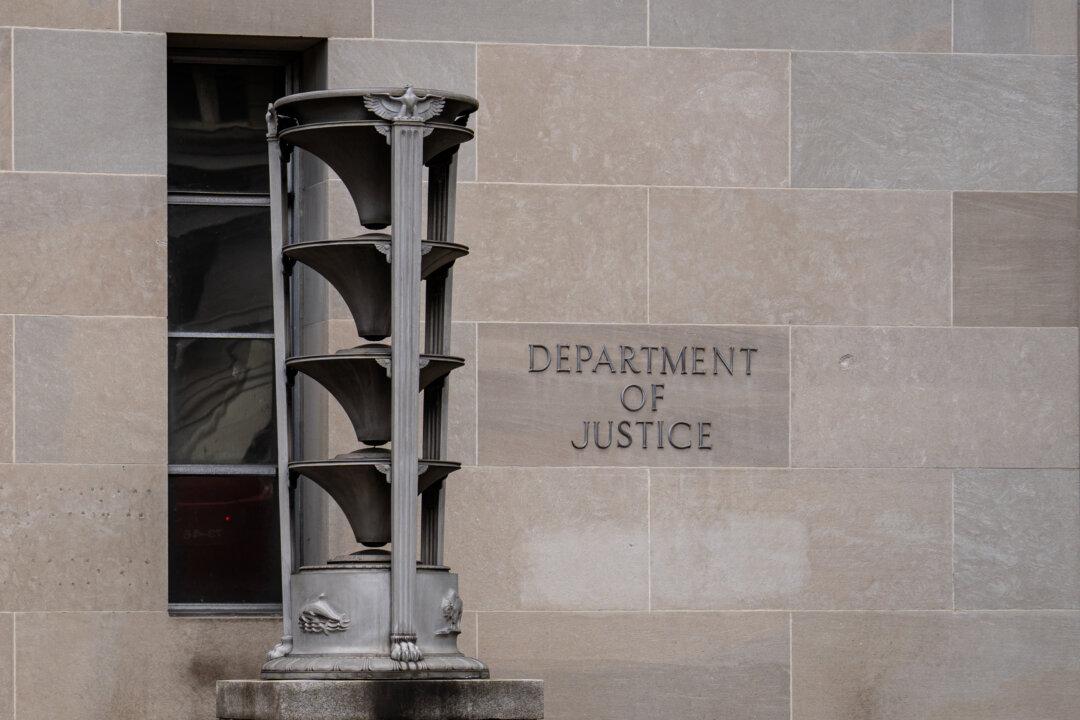The Philippines said on Monday that a Chinese coast guard vessel used a “military-grade laser” against its ship in the disputed South China Sea last week to impede a resupply mission, temporarily blinding its crew.
The incident occurred on Feb. 6 in Ayungin Shoal, also known as the Second Thomas Shoal or Renai Reef by China, of the Spratly Islands about 105 nautical miles (195 kilometers) off the Philippine province of Palawan.





